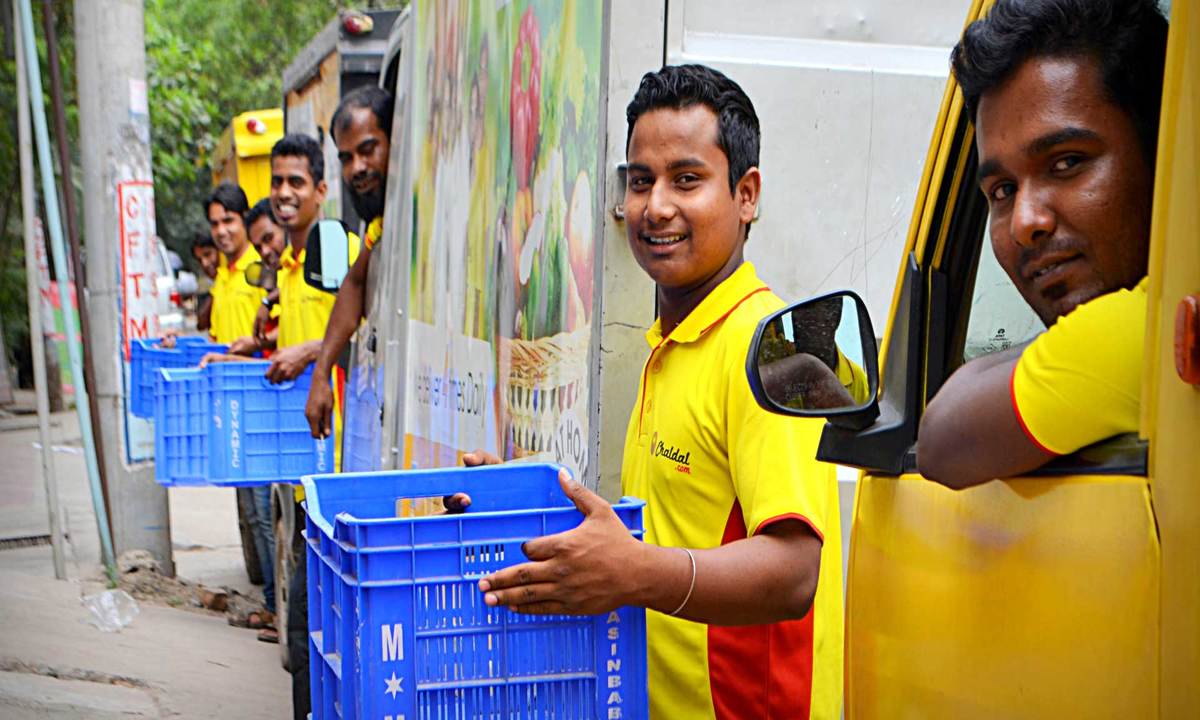GET IN TOUCH
- Please wait...

Mom-and-Pop shops, commonly known as Mudir Dokan in Bangladesh, have dominated the retail space for ages. Although super markets were predicted to put these shops out of business, that has not been the case in reality. Due to the inability of supermarkets to penetrate the middle class market, Shwapno was the first to set up smaller shops with their brand name in less affluent areas. This strategy helped Shwapno to compete more directly with these Mom-and-Pop shops and establish some credibility in the retail space to the middle class consumer.
Mini markets have brought standardization to the middle and lower-middle class shopping experience. They are able to leverage their brand names to create trust in consumers and attract more customers in the process. As these mini markets are more relatable to the age old Mudir Dokans, they come off as more relatable to the consumer base. Moreover, the increasing income of the middle class has created potential for more growth in the retail market.
Despite the unending potential, according to Bangladesh Superstore Owners’ Association (BSOA), the organized retail segment only captured 1% of the total retail space in 2019.[1] This points to the lack of acceptance and reach of organized retail in the current market. So, although Mini Markets have a great potential for growth, Mudir Dokans are still leading the market. But in terms of sustainability, mini markets stand at a far better position and have the potential to do much more in the future.
The COVID-19 pandemic has been a game changer for the retail space as it has forced shops to close down and people to stay inside. The larger supermarkets have taken this opportunity to leave their marks in the online grocery segment by opening digital grocery services. Although these services have just gained popularity, they have been around for quite some time. Their failures to get on the radar can be attributed to quite a few internal and external factors.
Although the pandemic has forced people to shop online, it is worth understanding why the digital grocery space failed to flourish earlier. This will help understand the future challenges for this ecosystem as most consumers can be expected to go back to traditional shopping methods after the pandemic ends.
The pandemic has boosted the growth of the digital grocery space, which was dormant for the past few years. The reasons can be attributed to a lot of different factors:
The per capita income of Bangladesh has displayed a growing trend over the years resulting in increased buying capacity of all socio-economic groups.[3] This increased capacity comes with a boost in the payment through mobile financial services (MFS) like Bkash, rocket etc. The month of May 2020 saw an average daily transaction of BDT 1535.53 crore on MFS platforms. This was a 58.7% growth from the previous month.[4] Growing connectivity and better integration of payment platforms have made the industry more profitable and lucrative. But to make the perfect use of these positive externalities, the businesses have to do a better job of getting more consumers on board. This is a big challenge as it goes against the age-old norm of getting groceries after inspection from markets. In the post-pandemic world, more consumer trust has to be developed, and only then the full benefit of our growing income and internet penetration of Bangladesh can be enjoyed by the online grocery platforms. For this to happen some changes like the following can be brought on:
Eqra Mohammad Resalat Ohee, Content Writer and Farah Hamud Khan, Senior Business Consultant & Project Manager, at LightCastle Partners, have prepared the write-up. For further clarifications, contact here: [email protected]
Our experts can help you solve your unique challenges
Stay up-to-date with our Thought Leadership and Insights